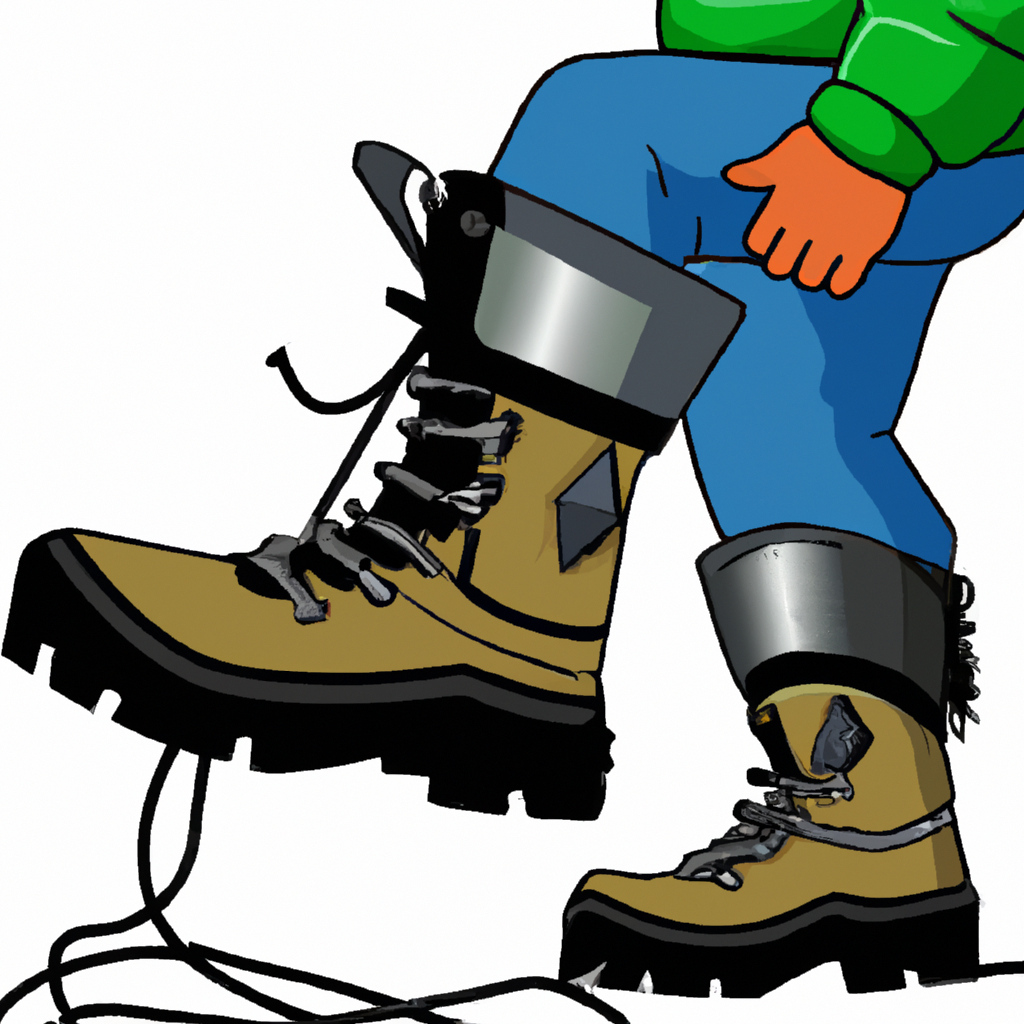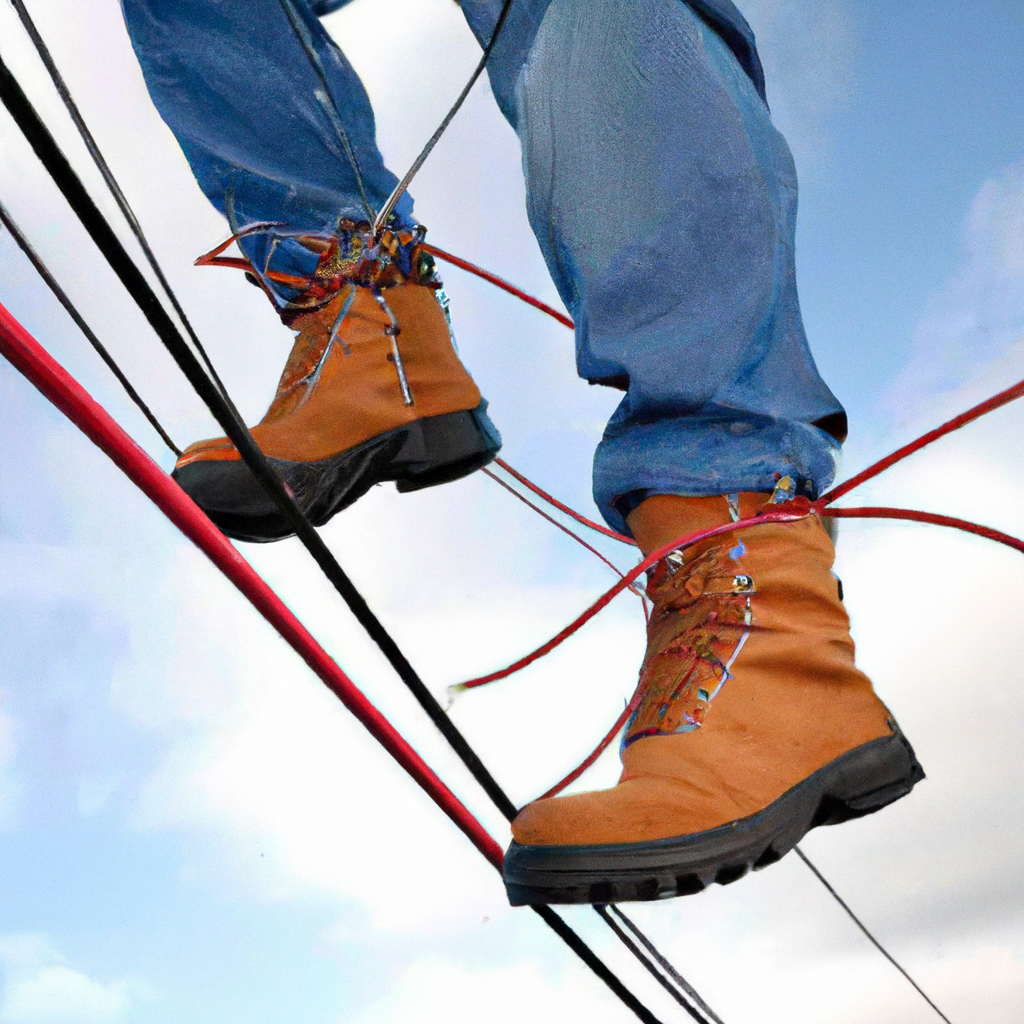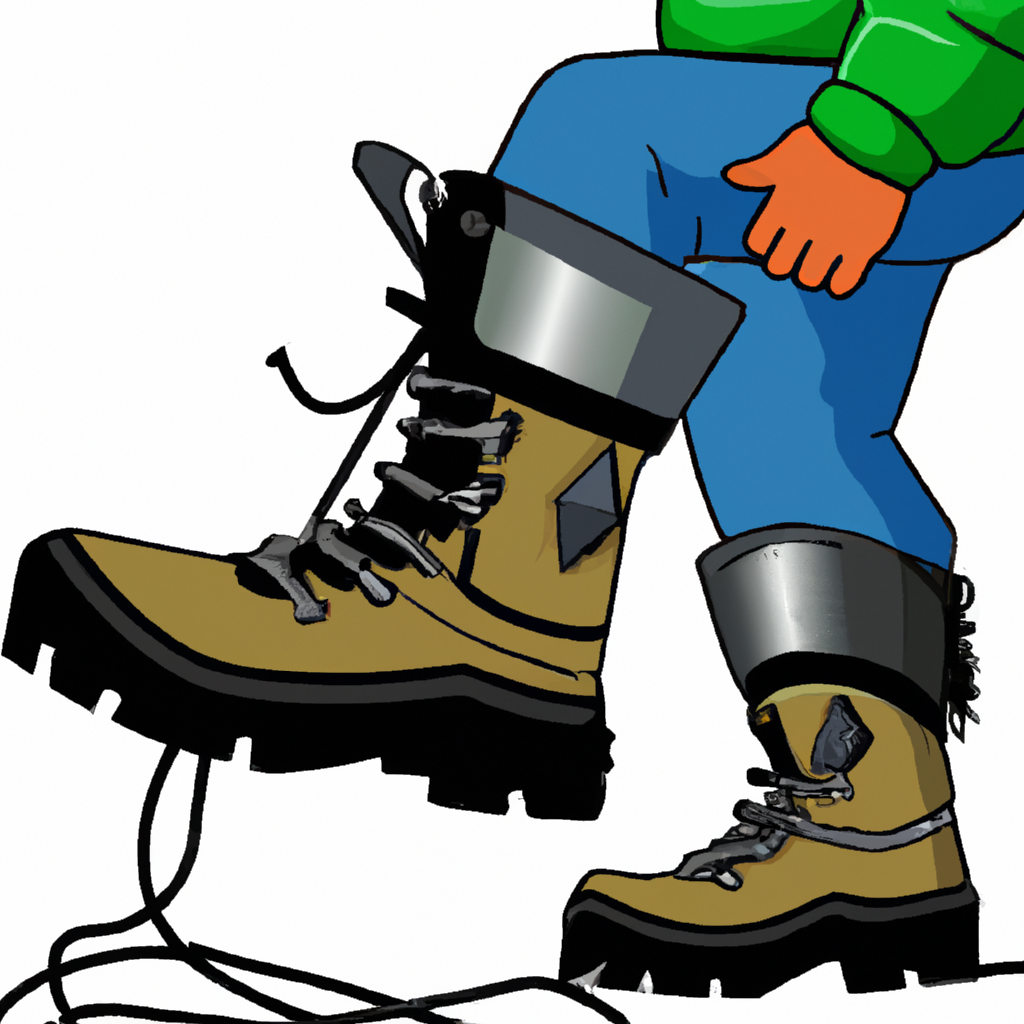When it comes to being a lineman, sturdy and reliable boots are an absolute must. Your job requires you to climb poles, work in challenging weather conditions, and navigate various terrains. So, what kind of boots should you wear? Finding the perfect pair can make all the difference in ensuring your safety, comfort, and productivity while on the job. In this article, we will explore the key factors to consider when choosing boots for linemen, from the importance of insulation to the durability of the sole. Get ready to step into the world of lineman footwear and find the perfect fit for your demanding work environment.
Factors to Consider
When it comes to choosing the right boots, there are several factors to consider that can greatly impact your overall experience. These factors include safety, durability, comfort, insulation, fit, support, waterproofing, sole traction, weight, and price. By taking these factors into account, you can ensure that you find a pair of boots that meet both your needs and preferences.

Safety
Safety is a crucial factor to consider when it comes to choosing the right boots, especially for linemen. As a lineman, you are constantly exposed to various hazards, such as falling objects, electrical shocks, and punctures. Therefore, it is essential to prioritize safety features in your boot selection.
Features that enhance safety include toe protection, electrical hazard protection, puncture resistance, slip resistance, and arch support. Toe protection can shield your toes from falling objects or accidental impacts. Electrical hazard protection is crucial to protect you from electrical shocks while working around power lines. Puncture resistance helps to prevent injuries from sharp objects on the ground. Slip resistance ensures stability and reduces the risk of accidents. Lastly, arch support provides stability and reduces fatigue, allowing you to work comfortably and safely.
Durability
Durability is another important consideration, especially for linemen who work in rugged environments. Linemen often face challenging conditions, including rough terrains, extreme weather, and demanding physical activities. Therefore, it is crucial to choose boots that are built to withstand these conditions and offer long-lasting durability.
Boots made from high-quality materials, such as full-grain leather, are known for their exceptional durability. Full-grain leather is not only tough and resistant to wear and tear, but it also offers excellent water resistance. Additionally, boots that feature metatarsal guards provide added protection to the vulnerable metatarsal bones on the top of the foot.
Comfort
Comfort is key when it comes to footwear, especially for linemen who spend long hours on their feet. Choosing boots that prioritize comfort can significantly enhance your overall work experience and prevent discomfort or foot fatigue.
Factors that contribute to comfort include proper fit, arch support, insoles and cushioning, and a suitable break-in period. It is essential to ensure that your boots are the right size, offering enough room for your feet to move comfortably while still providing a secure fit. Arch support helps to distribute weight evenly and reduce strain on the feet. Insoles and cushioning provide additional support and shock absorption, enhancing overall comfort. Additionally, allowing an appropriate break-in period for your boots allows them to mold to the shape of your feet, ensuring a customized and comfortable fit.
Insulation
Insulation is a crucial feature, especially if you work in environments with extreme temperatures. Proper insulation helps to regulate temperature and keeps your feet warm in cold conditions or cool in hot conditions.
There are various insulation options available, including Thinsulate, Primaloft, Gore-Tex, and thermal linings. Thinsulate is a lightweight insulation material that provides excellent warmth without adding bulk to the boots. Primaloft is another popular synthetic insulation that offers exceptional warmth even when wet. Gore-Tex is a breathable and waterproof membrane that provides excellent insulation while keeping your feet dry. Lastly, boots with thermal linings offer additional insulation for extreme cold conditions.

Fit
Ensuring a proper fit is essential for both comfort and safety. Ill-fitting boots can lead to discomfort, blisters, and potential injuries. Therefore, it is crucial to pay attention to the fit of your chosen boots.
Consider factors such as boot sizing, arch support, and lace-up vs. pull-on styles. Choosing the right boot size is crucial to ensure a comfortable fit. It is recommended to measure your feet and refer to size charts provided by manufacturers to find the correct size. Additionally, selecting boots with adequate arch support can prevent foot fatigue and discomfort. Lastly, consider whether you prefer lace-up or pull-on boots. Lace-up boots offer a more adjustable and secure fit, while pull-on boots provide convenience and ease of use.
Support
Support is important for maintaining stability and reducing the risk of injuries, especially when working in physically demanding environments. The level of support offered by boots can greatly impact your overall performance and well-being.
Support can be determined by factors such as the presence of a shank and ankle support. A shank is a stiff piece of material, typically made of metal or composite, that is inserted into the midsole of the boot. It provides structural integrity and prevents the boot from bending too much, offering enhanced stability. Additionally, boots with ankle support can provide added stability and prevent ankle injuries during challenging activities.
Waterproofing
Waterproofing is a crucial feature, particularly if you work in wet or rainy conditions. Keeping your feet dry is not only essential for comfort but also for preventing conditions such as trench foot or fungal infections.
Different materials and technologies are used for waterproofing boots. Waterproof membranes, such as those made with Gore-Tex, are commonly used to create a barrier that prevents water from entering the boots while allowing moisture to escape. Proper seam sealing is also important to ensure that there are no gaps or openings that can compromise the waterproofing capabilities of the boots.
Sole Traction
Sole traction is vital for maintaining stability and preventing slips or falls, especially when working on slippery surfaces. The outsole design and tread pattern significantly impact the traction provided by boots.
Look for boots with outsoles that feature aggressive tread patterns and deep lug depth. These characteristics help to provide grip and traction on various terrains. Additionally, non-marking soles are beneficial, particularly if you work in environments that require leaving minimal marks or scuffs on surfaces. Some boots also come with self-cleaning treads, which help to shed mud or debris, ensuring optimal traction at all times.
Weight
The weight of your boots can have a significant impact on your overall comfort and mobility. It is important to find the right balance between lightweight boots and those that offer sufficient durability and protection.
Lightweight boots can reduce fatigue and enhance maneuverability. However, it is crucial to ensure that lightweight boots still provide the necessary safety features and durability required for your working environment. Strike a balance between weight and functionality to find the boots that best suit your needs.
Price
Price is a factor that often weighs heavily on decision-making, but it is important to consider it in conjunction with the other factors mentioned above. While it may be tempting to prioritize cost alone, it is crucial to find boots that meet your specific requirements in terms of safety, durability, comfort, and functionality.
Consider the price range that fits your budget and research various options within that range. It is essential to find a pair of boots that offer a good balance between cost and quality. Investing in a higher-quality and more durable pair of boots may be worthwhile in the long run, as they are likely to last longer and provide better overall value.
By considering all these factors, you can choose the right boots that ensure your safety, comfort, and performance as a lineman. Take the time to research and try on different options, and prioritize those that align with your needs and preferences. Remember that finding the right boots is an investment in your well-being and productivity.




